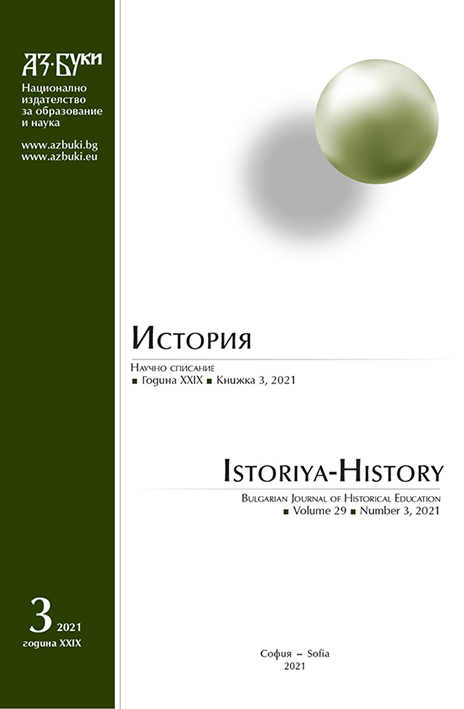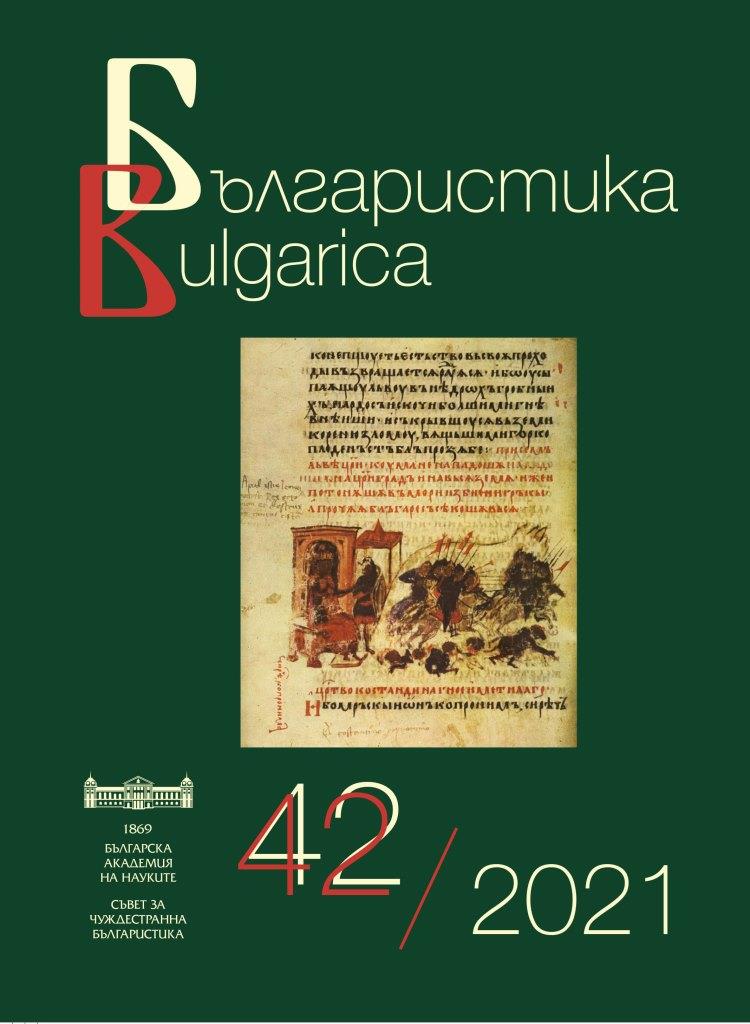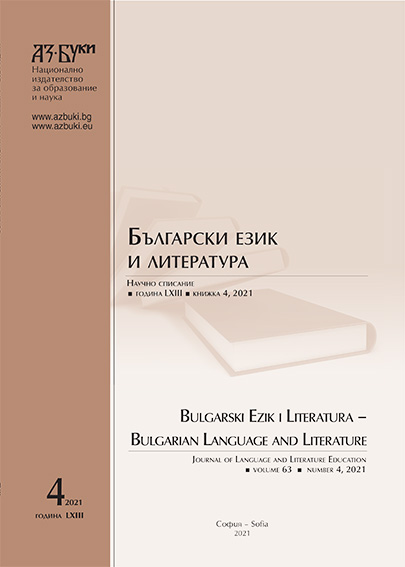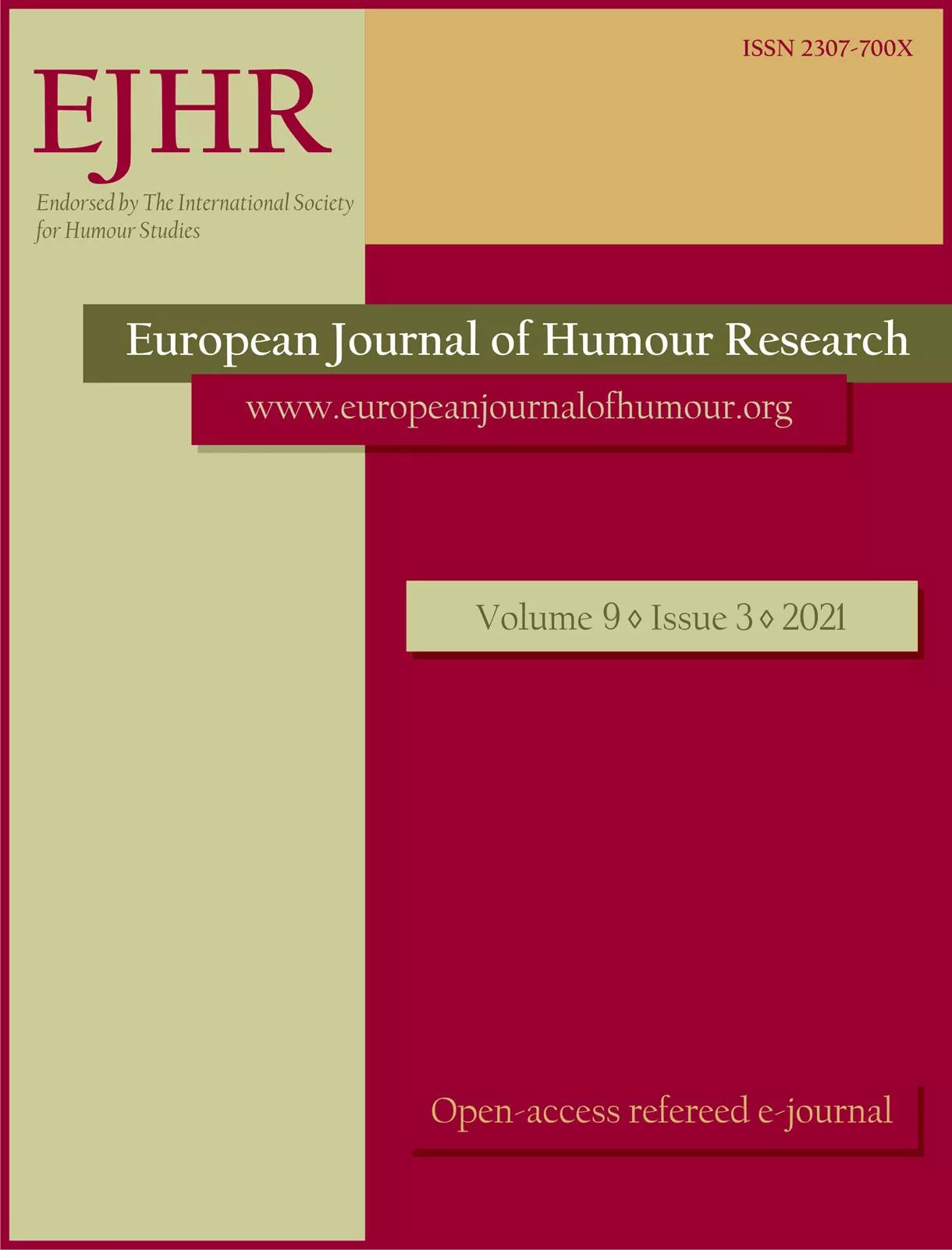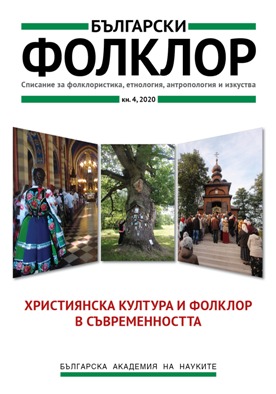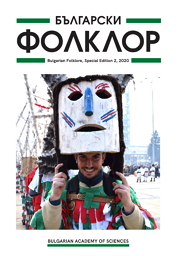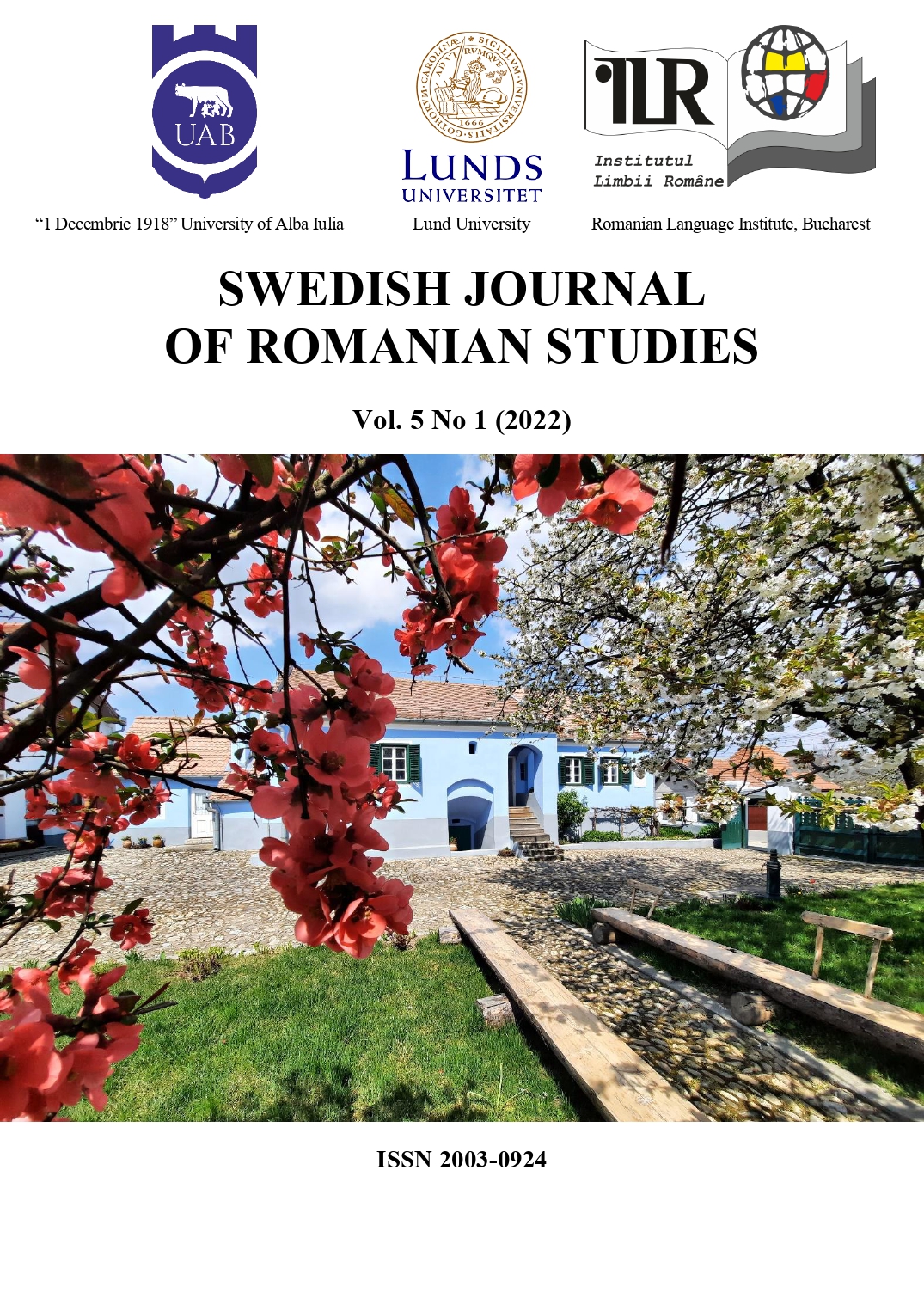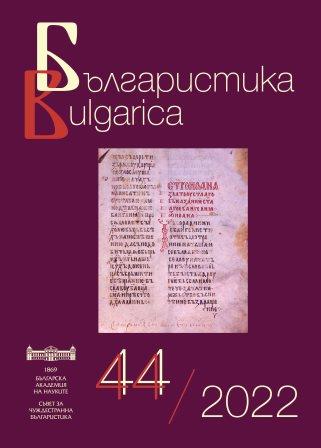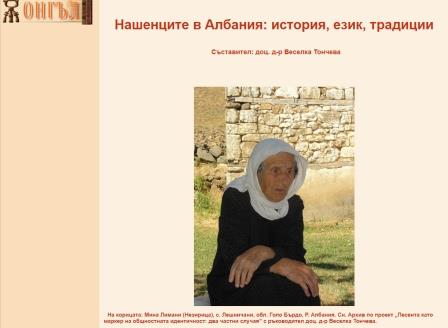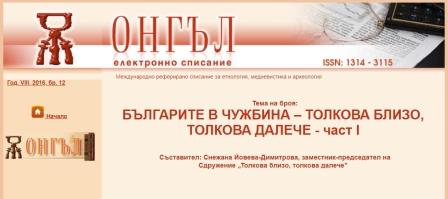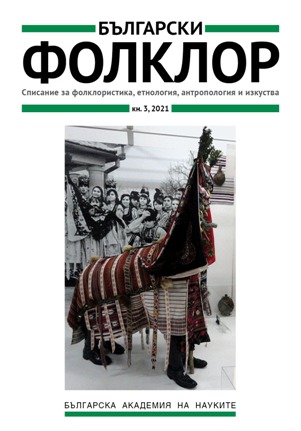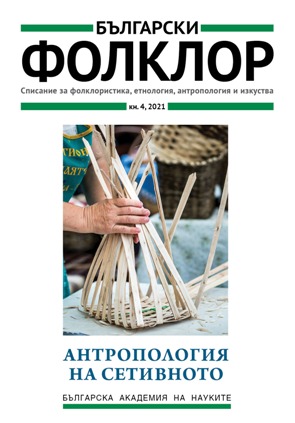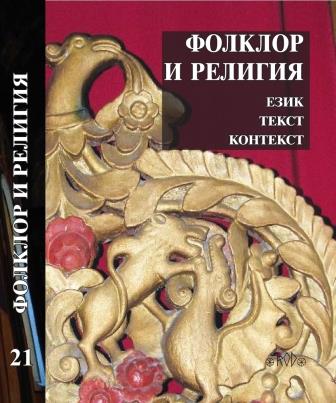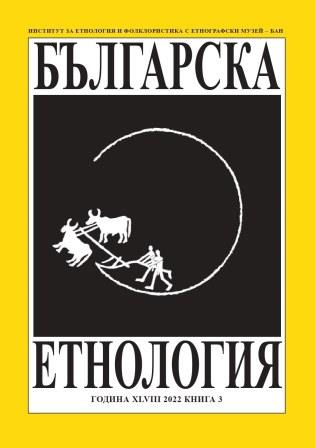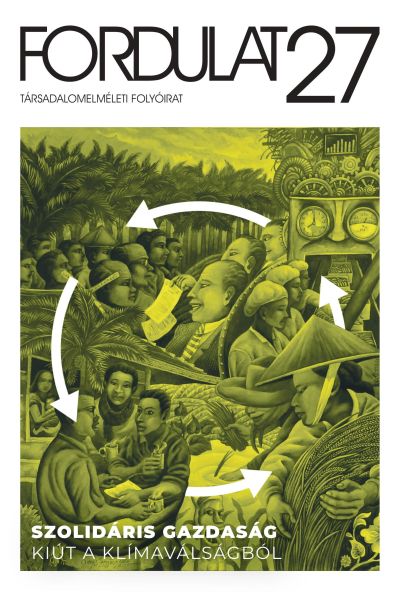
„Ha frankó, akkor úgy megy, mint a zsebóra” Szövetkezetiség, csettegők és technológiai önrendelkezés
The article shows the importance of technological autonomy for the reproduction of social solidarity economy networks through international and Hungarian examples. It argues that technological innovation is necessary for such projects. Through an example of a handmade agricultural vehicle the article demonstrates the way people tend to organize the necessary technological tools for their social reproduction. The case study is situated in a region called the “Golden Triangle”. Here specialized cooperatives were established where the local lands could be cultivated only through technologically or labor-intensive ways, while the goods produced, like grape, sour-cherry or elderberry, were profitable enough on a small scale. Parallel to the development of specialist cooperatives, locksmiths started to put together vehicles, which were capable of maneuvering in tight rows and deep sand. These were adapted from engines and chassis of Soviet military vehicles. According to our argument the liberalization of the production of agricultural vehicles in the region stimulated employment through the creation of entrepreneurs, while at the same time it enabled the necessary technological innovation required to maintain productivity.
More...
